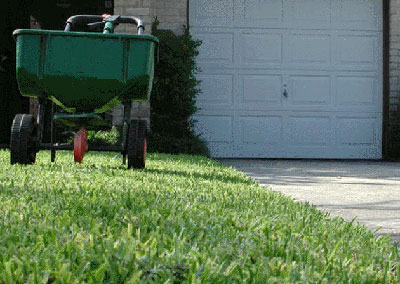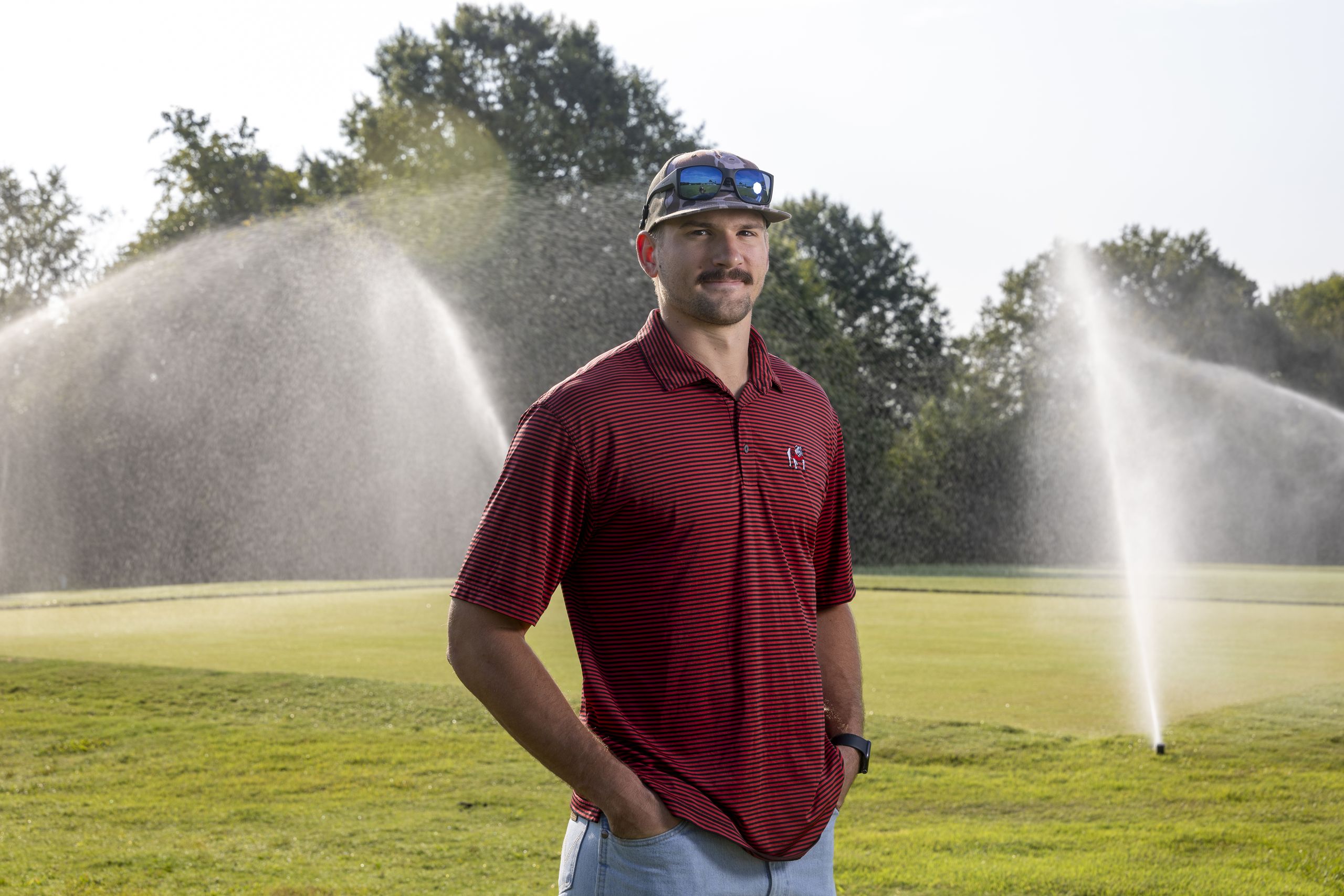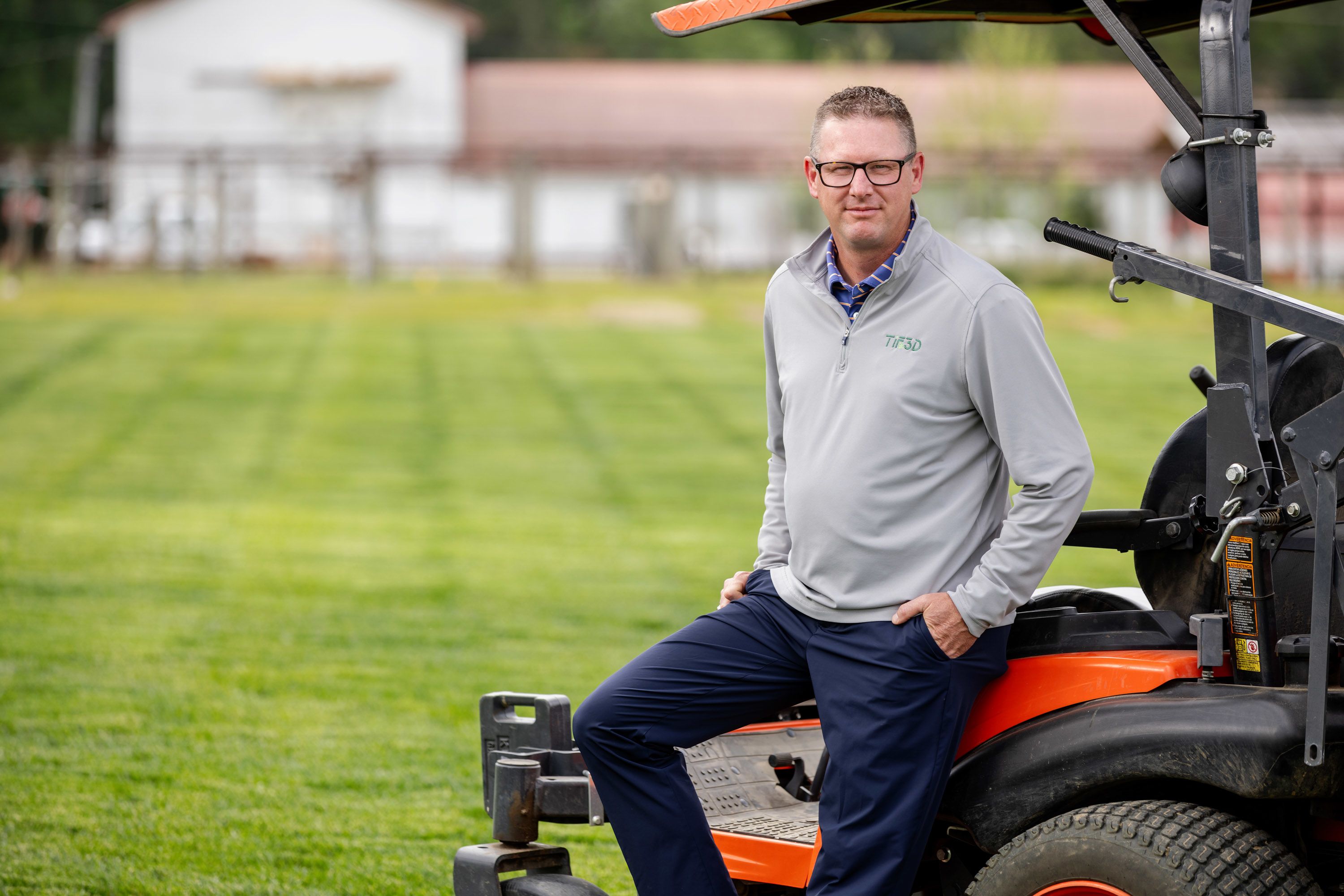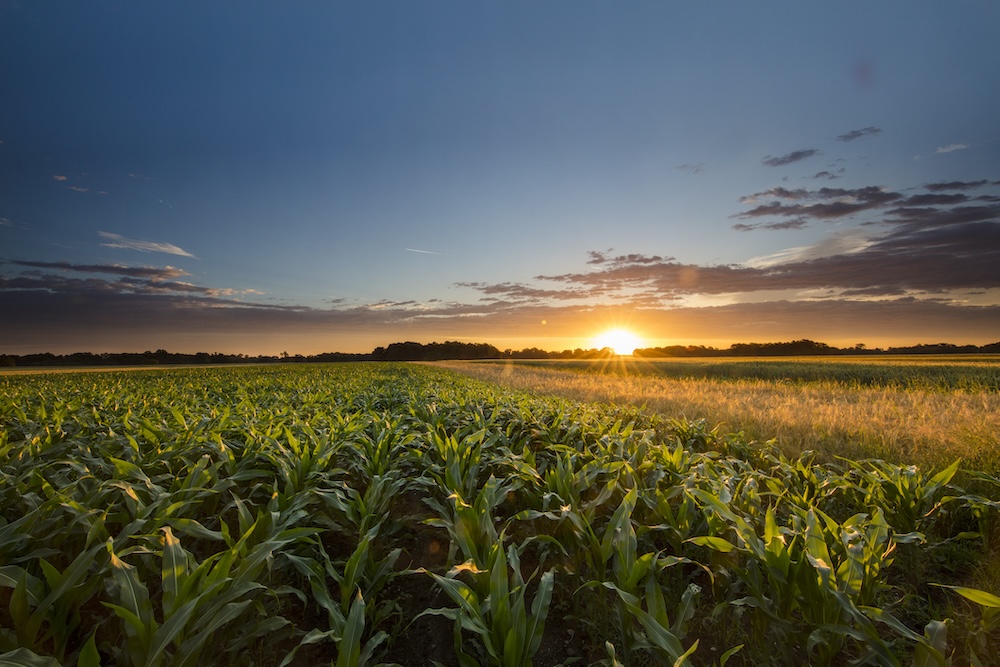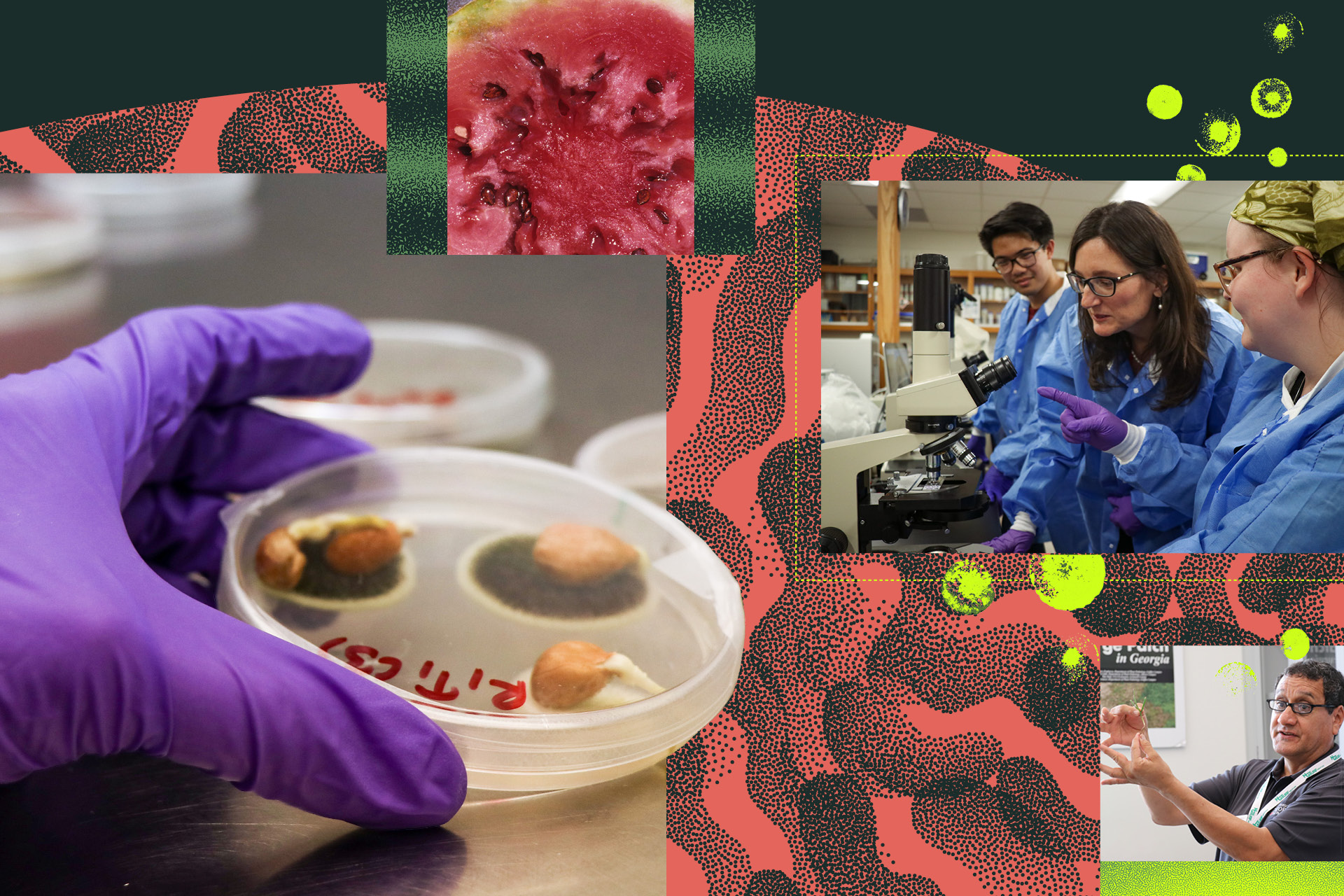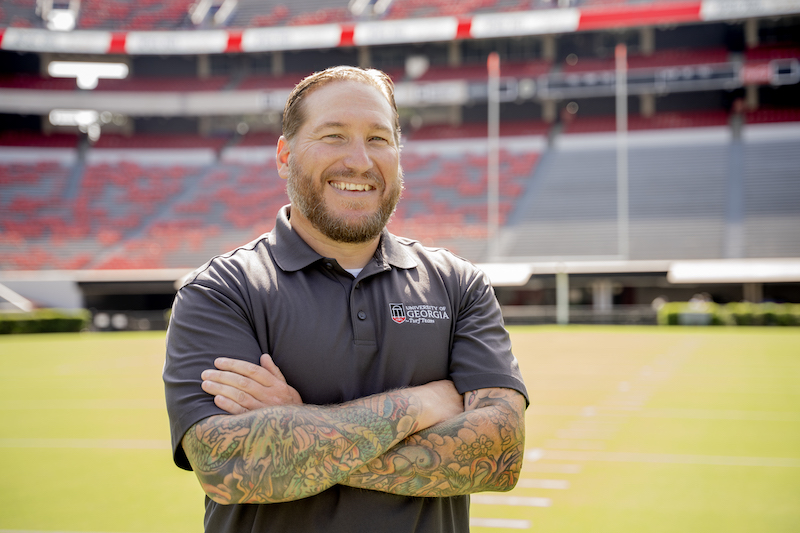The key to using pre-emergence herbicide and fertilizer on home lawns is timing. The common pitfall is to apply either (or both) of these products too early.
Early application of fertilizer can lead to early green-up, which means your lawn may look prettier sooner, but it will also be more likely to be damaged by late, cold weather.
Fertilizing too early can also lead to turf disease problems. Plant roots that are still dormant may not take up any nitrogen that is applied too early. Therefore, fertilizers will be lost through leaching and runoff.
Apply at optimal times
Contrary to many advertisements you’ll see in the springtime for herbicide and fertilizer combination products (commonly called “weed and feed” treatments), the two actually should not be applied at the same time. It can be done (and face it…time-wise, it’s all many of us may be able to do with our hectic schedules), but that means that one of the two components will not be used at the optimal time.
For the best weed control, pre-emergence herbicide should be applied before weeds emerge. Suggested application dates for pre-emergence herbicides being used on annual grasses are March 1 to March 20. So, get busy.
These dates typically correspond to the time when soil temperatures begin to reach 55 degrees Fahrenheit, which is the temperature at which crabgrass will germinate. (See the University of Georgia website www.georgiaweather.net for current soil temperatures.)
Also try to time your lawn fertilization based on soil temperatures. It is recommended to hold off on the first, spring nitrogen application until the soil temperatures at a 4-inch depth are consistently 65 degrees and rising. Nitrogen application is typically 30 to 45 days after the application time for pre-emergent herbicide for summer-annual, grassy-weed control products.
Application tips
Some good options for applying pre-emergence herbicides and fertilizers are as follows:
- Apply the pre-emergent herbicide alone, then apply fertilizer several weeks later.
- Use combination fertilizer products that do not contain nitrogen. Potassium is a good fertilizer for late winter or early spring application. Products that combine potassium fertilizer (like 0-0-7) are better choices than those that contain nitrogen.
For more good information on timing your lawn maintenance tasks, check the Georgia Turf website at www.georgiaturf.com.

